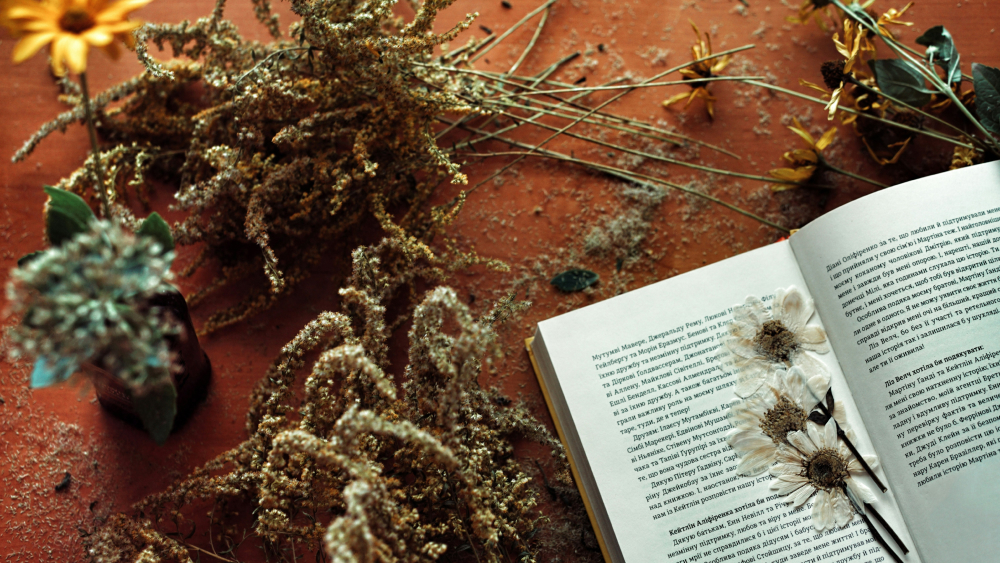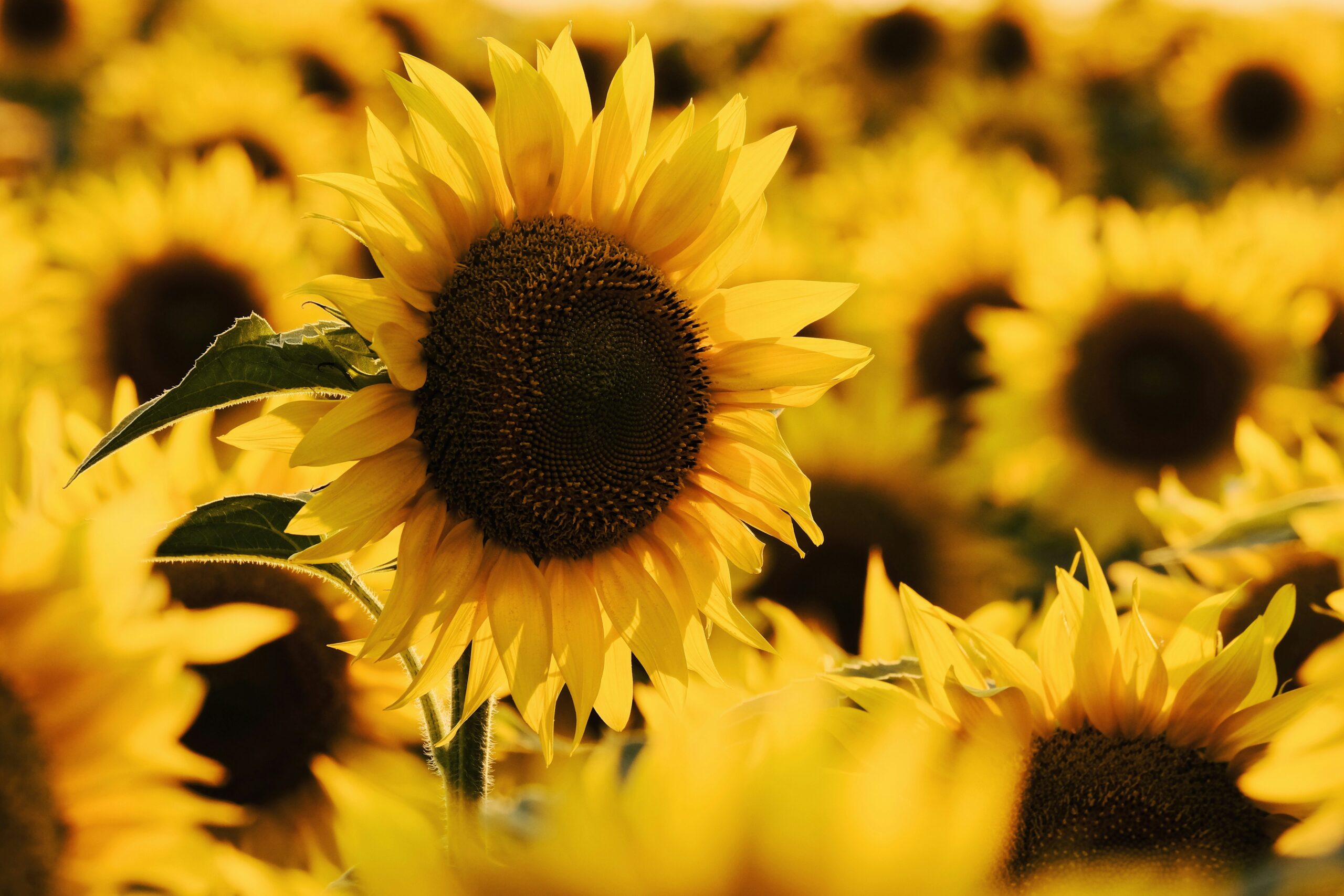
Pressing flowers is a beautiful way to preserve the delicate beauty of blooms, capturing their essence for years to come. Whether you’ve received a bouquet from a flowers delivery service or picked some fresh flowers from an Englewood flowers shop, pressing them allows you to hold onto those special moments. This comprehensive guide, divided into three parts, will walk you through the process of preparing, pressing, and utilizing dried flowers.
How to Prepare Flowers for Pressing
Preparing flowers for pressing is a crucial step to ensure their colors and shapes are preserved as much as possible.
- Selecting the Right Flowers: Choose flowers that are fresh and free from blemishes. Flowers with naturally flat faces, like pansies or violets, are ideal for pressing.
- Picking the Perfect Time: Harvest flowers on a dry day, ideally after the morning dew has evaporated but before the midday sun, which can cause wilting.
- Preparing the Flowers: Gently clean any dirt or insects from the flowers. Remove excess foliage and cut the stems to the desired length.
- Flattening the Flowers: For flowers with a bulky center, like roses, gently flatten the petals or consider splitting the flower down the middle.
- Arranging for Pressing: Lay out the flowers on a clean, dry surface and arrange them in the desired position, as they will look once pressed.
Different Ways to Press Flowers
After preparing your flowers, the next step is to choose a pressing method. Each method has its own benefits and can affect the final appearance of your pressed flowers.
Traditional Pressing with Heavy Books:
- Place the flowers between two sheets of absorbent paper, such as parchment or blotting paper.
- Position them inside a heavy book, like an encyclopedia or dictionary.
- Add more weight on top of the book for added pressure.
- This method takes about 2-4 weeks for the flowers to fully dry and press.
Using a Flower Press:
- Flower presses are specifically designed for this purpose and usually consist of layers of cardboard and absorbent paper.
- Arrange the flowers in the press and tighten the screws to apply even pressure.
- Check the flowers after a week; some may dry faster than others.
Ironing Method for Faster Results:
- Place the flowers between two pieces of absorbent paper.
- Set your iron to a low heat setting and press it over the top sheet for 15-30 seconds.
- Check and repeat if necessary, but avoid using steam as moisture can damage the flowers.
Microwave Pressing for Immediate Results:
- Use a microwave-safe flower press or two ceramic tiles.
- Microwave the flowers in short bursts of 10-30 seconds, checking in between.
- This method can press flowers in minutes but requires careful monitoring to avoid overheating.
Pressing in a Wooden Press:
- Similar to a traditional flower press, wooden presses often have beautiful designs and can be a more decorative option.
- The process is similar to using a standard flower press.
What to Do With Pressed Flowers
Once you have successfully pressed your flowers, a world of creative possibilities opens up. Pressed flowers can be used in various crafts and decorations, adding a touch of nature’s beauty to everyday items. Here are some ideas for using your pressed flowers:
- Framed Artwork: Create beautiful wall art by arranging pressed flowers in a frame. This can be a simple, elegant display or a complex, artistic composition.
- Homemade Greeting Cards: Use pressed flowers to embellish handmade cards. They add a personal and delicate touch to birthday cards, thank you notes, or invitations.
- Bookmarks: Laminate pressed flowers to create unique bookmarks. These make excellent gifts for book lovers.
- Decorative Candles: Pressed flowers can be carefully adhered to the surface of candles using wax paper and a heat gun, adding an elegant floral touch.
- Resin Jewelry and Ornaments: Embed pressed flowers in resin to make pendants, earrings, or decorative pieces. This preserves their beauty in a durable form.
- Custom Phone Cases: Place pressed flowers on a phone case and seal them with a clear case or resin for a unique and personalized accessory.
- Floral Stationery: Enhance your stationery by attaching pressed flowers to paper for a charming, vintage look.
- Glass Coasters: Create coasters by placing pressed flowers between two glass pieces or embedding them in resin, perfect for adding a botanical flair to your home decor.
- Wedding and Event Decor: Incorporate pressed flowers into wedding invitations, place cards, or table settings for a romantic and natural aesthetic.
- Scrapbooking and Collages: Pressed flowers can be a beautiful addition to scrapbooks or collages, adding texture and color to your memories.
Conclusion
Pressed flowers offer a wonderful way to preserve the fleeting beauty of blooms and can be used in a myriad of creative projects. Whether you’re a seasoned crafter or a beginner, incorporating pressed flowers into your creations adds a unique and personal touch. From elegant framed art to custom phone cases, the possibilities are endless. For those who love the beauty of flowers, whether freshly delivered by a flowers delivery service or handpicked from an Englewood flowers shop, pressing and crafting with these blooms is a delightful way to extend their life and capture their delicate beauty. Remember, the process of pressing and using flowers is not just about the end product; it’s about enjoying the journey of creativity and connection with nature.



